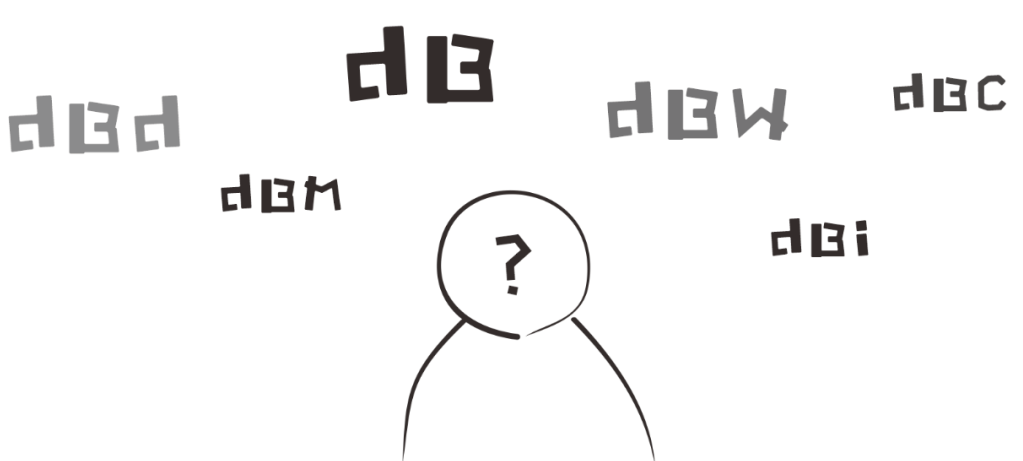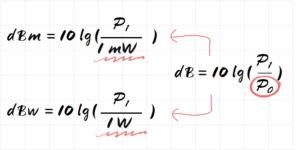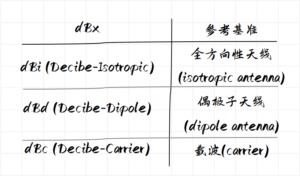dB should be the most basic and common concept in wireless communication. We often say “propagation loss is xx dB”, “transmit power is xx dBm”, and “antenna gain is xx dBi”…
Sometimes, these similar-looking dBs can be confusing or even miscalculated. What is the difference between them?

This has to start with dB.
When it comes to dB, the most common one is 3 dB!
3 dB is often seen in power plots or bit error rate plots. In fact, there is no mystery, a 3 dB drop means that the power is reduced by half, and the 3 dB point refers to the half power point.
+3 dB means double the increase, -3 dB means the decrease is 1/2. How did this come about?
In fact, it is very simple, let us look at the calculation formula of dB:

dB represents the magnitude relationship between the power P1 and the reference power P0. If P1 is twice as large as P0, then:

If P1 is half of P0, then:

+3 dB means a 2-fold increase in power; +10 dB means a 10-fold increase in power.
-3 dB means that the power is reduced by 1/2; -10 dB means that the power is reduced by 1/10.
If you understand dB, you can only walk sideways. If you understand the other members of the dB family, you can lie down and win.
Let’s start with the most commonly used dBm and dBw.
dBm and dBw are to replace the reference power P0 in the dB formula with 1 mW and 1 W respectively:

Both 1 mW and 1 W are definite values, so both dBm and dBw can represent the absolute value of power.
Directly on the power conversion table for your reference.
| watt | dBm | dBw |
|---|---|---|
|
|
|
|
|
|
|
|
|
|
|
|
|
|
|
|
|
|
|
|
|
|
|
|
|
|
|
|
|
|
|
|
|
|
|
|
|
|
|
|
|
|
|
|
|
|
|
|
|
|
|
|
|
|
|
|
|
|
|
|
|
|
|
|
|
|
|
|
|
|
|
|
|
|
|
|
|
|
|
|
|
|
|
|
|
|
|
|
|
|
|
|
Here, we have to remember:
1W = 30dBm.
For example, 46 dB means that P1 is 40,000 times that of P0, and 46 dBm means that the value of P1 is 40 W.
There is only one m in the symbol, and the meaning of the symbol can be completely different.
Common in the dB family are dBi, dBd, and dBc. Their calculation method is exactly the same as that of dB, and they still represent the relative value of power.
The difference is that their reference benchmarks are different, that is, the meanings represented by the reference power P0 on the denominator are different.

It is generally believed that the same gain expressed in dBi is 2.15 larger than that expressed in dBd. This difference is caused by the different directivities of the two antennas, so we won’t go into details here.
In addition, the dB family can not only represent the gain and loss of power, but also voltage, current, audio, etc., and we need specific scenarios for specific applications.
